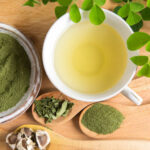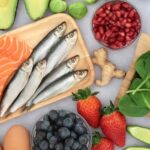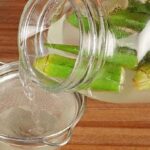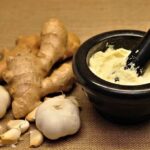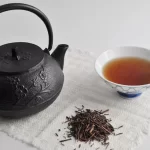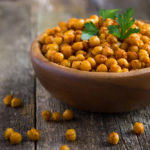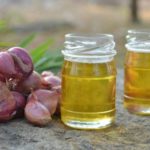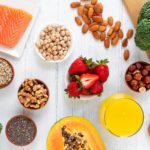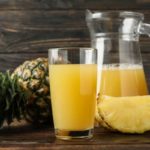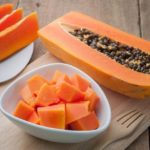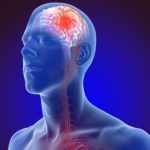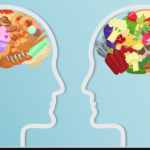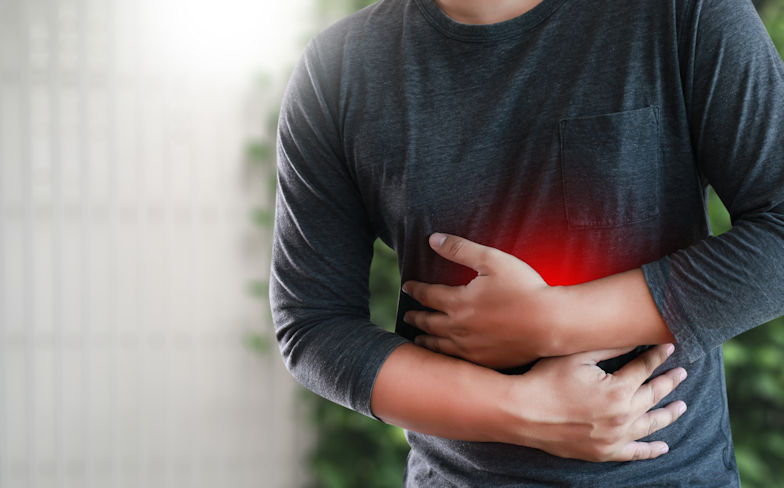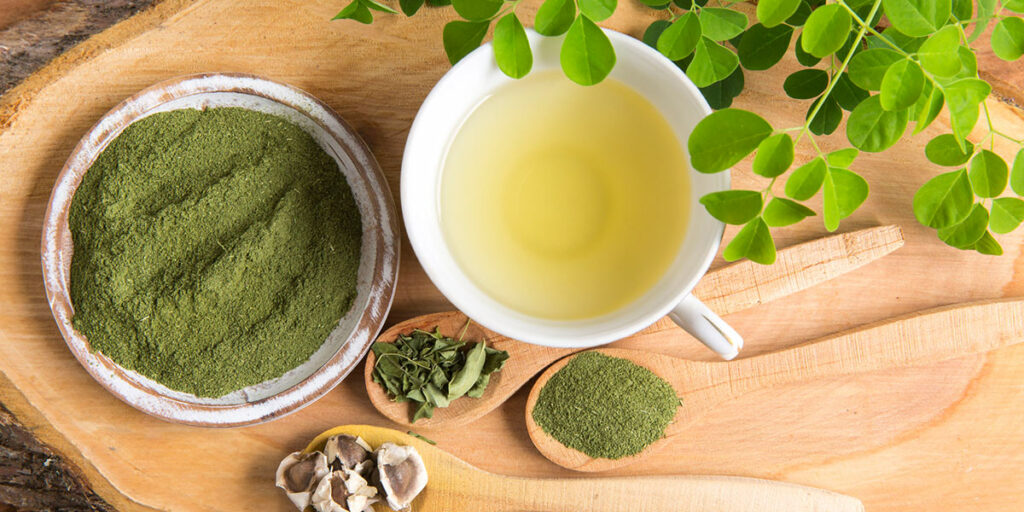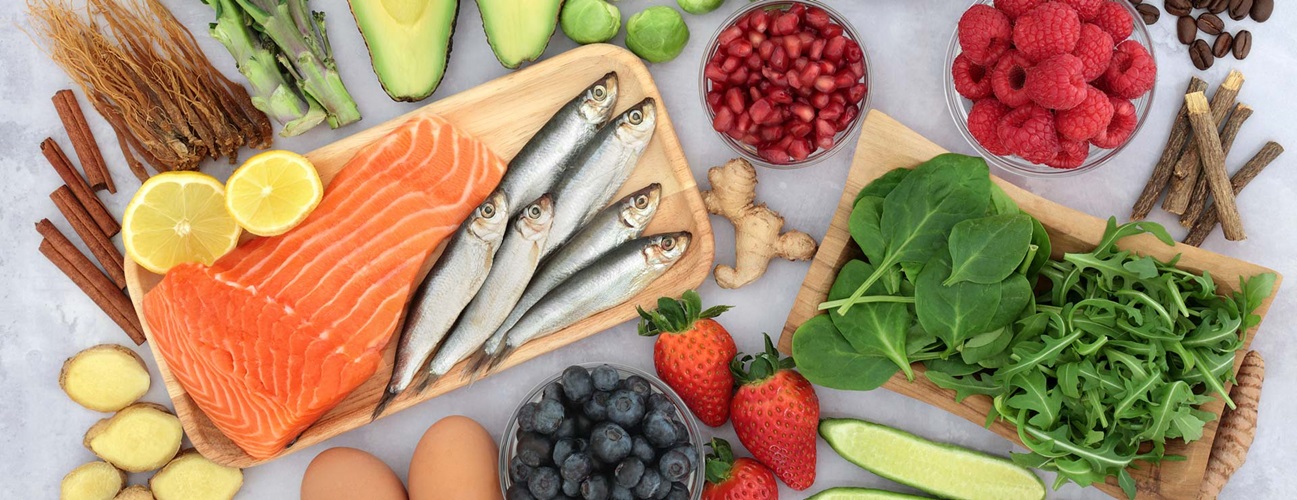Investigations carried out have shown that Japanese and Chinese women have a lower breast cancer incidence and in addition to not experiencing menopause problems. Again, not only women but men in the Far East experienced lower cholesterol and better reproductive health. This has nothing to do with genetic or racial factors but rather in lifestyle, diet specifically.
Natives in the Far East derive their protein in bulk, from legumes such as soy, fish and not from meat.
Studies have shown that daily consumption of soy by Chinese and Japanese is responsible for their better reproductive health and lower levels of breast and prostate cancer. Therefore, good health depends largely on habits, dietary habits, particularly than genetic or hereditary factors.

It is possible that soy is the richest natural food that exists in vitamins, proteins and minerals. In Germany, it is called Soja, in Spain, it is called Soja, Soya and same in France. It is an herbaceous plant of the botanical family leguminosae. The seed is spheroid and grow within a pod just like that of peas.
Soybeans is native to China and it is grown in temperate regions throughout the globe. In production, United States of America remain the major producer.
READ ABOUT: Celery helps to cleans the blood
Soybean Composition
In a 100 g of raw soybean (edible portion), the following nutrients are present:-
- Energy = 416 kcal = 1,74 kj
- Carbohydrates = 20.9 g
- Protein = 36.5 g
- Fiber = 9.30 g
- Vitamin A = 2.00 μg RE
- Vitamin B1 = 0.874 mg
- Vitamin B2 = 0.870 mg
- Vitamin B6 = 0.377 mg
- Niacin = 10.5 mg NE
- Folate = 375 μg
- Vitamin B12 = NIL
- Vitamin C = 6.00 mg
- Vitamin E = 1.95 ∝-TE
- Calcium = 227 mg
- Phosphorus = 704 mg
- Magnesium = 280 mg
- Iron = 15.7 mg
- Potassium = 1,797 mg
- Zinc = 4.89 mg
- Total fat = 19.9 g
- Saturated fat = 2.88 g
- Cholesterol = NIL
- Sodium = 2.50 mg
The above information is based on a 2,000 calorie diet provided by 100 g of soybean
Soybean Properties and Indications
Soybean contains valuable phytochemicals and has the capacity to nourish and prevent disease.
Protein: Soybean is the richest in protein source contain about 36.5%. Again, the protein from soybean meet the amino acid need of the body (both for adult and children). Precautionary, soymilk or beverage should be enriched with the essential amino acid and methionine. Furthermore, soybean proteins are ideal for supplementing the natural quality of the vegetable proteins such as corn or wheat.
Fat: Soybean oil, used in the human diet as well as the chemical industry is derived from the fats in soy. Since the fatty acids in soybean are unsaturated, soybean fat helps bring down cholesterol level. There is a small portion of saturated fatty acids such as palmitic and stearic and other fatty acids.
Carbohydrates: Other legumes like lentils, beans, mung bean or adzuki are highly rich in starch. Soybean contain very little and thus highly recommended for diabetics.
Vitamins: A hundred (100 g) grams of soybean is capable of providing half of the daily requirements of vitamin B1 and B2 and 20% of need for vitamins B6 and E. Soybean is relatively poor in vitamin C and contain very little provitamin A.
Minerals: 100 g (one hundred grams) of soybean gives a high mineral, about 15.7 mg of Iron, more than meat (five times). Soybean is rich in magnesium, potassium and phosphorus and also rich in calcium.
YOU MAY LIKE: Chickpeas Reduce Cholesterol levels and Prevent Constipation
Fiber: Fiber contained in soybean are mostly soluble and soybean fiber fosters regularity in the digestive tract and bring down cholesterol level.
Soybean also contains non-nutritive substances which are active within the body. Some of these chemicals substances are:
– Isoflavones (phytochemicals). These chemicals substances are responsible for its therapeutic properties. Therefore, they are also powerful antioxidants. The most important soybean isoflavones are
– genistein
– daidzein
– Phyesterols: These substances are like cholesterol but in origin, vegetable. They block absorption of the cholesterol contained in foods. They also reduce its level in the blood.
– Phytic Acid: They are found in grain bran and in soybean and are capable of neutralizing carcinogens action found in foods.
– Saponins: The substances are found in legumes and other plants which can inhibit the growth of cancerous cell. They also reduce cholesterol level.
Women’s disorder: Consuming soybean and other derivatives help women in maintaining hormones balance. This is due to presence of its isoflavones (vegetable estrogens)
- They help in regulating the menstrual cycle
- They give relief from symptoms of menopause
- Reduce breast cancer risk.
There is a soybean product that is richest in isoflavones-type phytoestrogens, it is called Tofu. Then followed by soymilk
In men: Phytoestrogens in soybean induce beneficial effects of natural estrogen. This is only for men who enjoy eating soybean.

It helps to lower risk of prostate cancer. This is the reason why men in Japan have a lower mortality rate, due to prostate cancer. This is because they lower risk of heart attack. They presence of phytoestrogen within the body help stop arteriosclerosis and also improve the health of the heart and arteries.
Kidney failure: It is said that soybean do not interfere with kidney function. This is in contrast to the effect of animal proteins
Preparation and Use
- Cooked Soybean: To prepare soybean in this manner, it must be soaked for several hours. Then boil for 60 – 90 minutes. They are prepared as any other legume. Mung beans or green soy and adzuki seem more appropriate for cooking than common soybean.
- Soymilk:- Soymilk or soy beverage is quite a substitute for cow’s milk. It has less calcium and no vitamin B12
- Soybean protein: Soy protein is available in different kinds, (concentrated, isolated or texturized). It is good when making meatless dishes and the protein concentration ranges from 70% – 96%.
- Flour: There are 2 types of soybean flour: defatted (50% protein) and whole (40% protein). Whichever one, when mixed with wheat flour, there’s increase in nutritional value and produces a dough good for a variety of bakery applications. Many vegetarian dishes may be based on soy flour.
There are other varieties of soy; Adzuki mung beans and green soy. it is said that in terms of protein content, adzuki and green soy are of high quality in protein than the common soy but their richness in vitamins and minerals are somewhat much less than the soybean.
YOU CAN GET SOY FROM AMAZON IF YOU CLICK ON THE IMAGE BELOW
Let’s discuss Adzuki and Green Soy.
Adzuki and Green Soy Benefits
In terms of nutritional value, dietary and therapeutical value, these two legumes green soy and Adzuki are close to soy (soybean). However, for regular dietary use, they are quite appropriate. This is because of their soft texture and better flavor. These two legumes belong to the genus vigna while common soy belongs to the genus glycine.
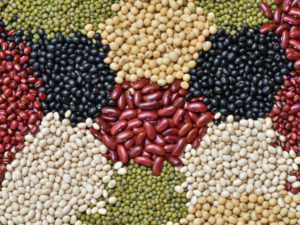
Characteristically, Adzuki and green soy are of high quality in protein than common soy. Their richness in vitamins B1, B2, B6, calcium, magnesium, phosphorus and iron are quite remarkable but in a way less than common soy.
There is a detailed content regarding soybean (Read here). However, let’s take a look at percentage composition of soybean, mung bean or green and Adzuki.
Percentage (%) composition of Soybean
Fiber = 9.30%
Fat = 19.9%
Minerals = 4.87%
Carbohydrate = 20.9%
Protein = 36.5%
Water = 8.54%
Percentage (%) composition of Mung bean (Green soy)
Fiber = 16.3%
Fat = 1.15%
Minerals = 3.32%
Carbohydrates = 46.3%
Protein = 23.9%
Water = 9.05%
Percentage (%) composition of Adzuki
Fiber = 12.7%
Minerals = 3.26%
Carbohydrates = 50.2%
Fat = 0.550%
Protein = 19.9%
Water = 13.4%
From the information above, it can be deduced that green soy and adzuki contain fewer proteins, more carbohydrates and much less fat than soybean.
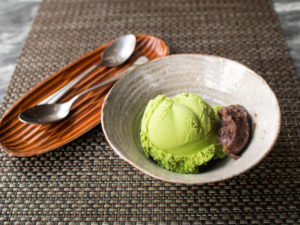
Adzuki beans are grown throughout the Himalayas and East Asia and they come in different colors. Adzuki has very many health benefits which ranges from weight loss and heart health to lower risk of diabetes and improved digestion. They also go well with other variety of dishes.
Studies have shown adzuki’s properties as having up to 29 different types of anti-oxidants and this makes them one of the most available foods rich in antioxidants.
In order to reduce anti-nutrient levels and easy to digest, one has to soak, sprout and ferment the beans.
Just like common soy, adzuki helps you lose weight, reduce risk of diabetes an also boosts heart health as mentioned earlier.
The following are other benefits:
- May combat cancer cells.
- Helps reduce defects in birth: This is because Adzuki is rich in folates which is important during pregnancy.
The green soy originated from India and currently gaining popularity. This is because of its pleasant taste and digestibility.
Soaking time for green soy before cooking is approximately 45 minutes and it is consumed boiled after it must have been soaked. They should be eaten as sprouts. Commercially, soy sprouts come from sprouted green soy.
Adzuki is cooked too but requires a longer time for cooking than green soy (about 50 – 65 minutes). It is quite tasty and nutritious.
Positive and Negative Aspects of Soy
Soy is one of the richest foods in the legume family. Its consumption has helped in preventing very many diseases such as cancer and menopause. The fact that virtually contains no cholesterol is a good one and besides it also helps reduce cholesterol production within the body. This is as a result of its richness in unsaturated fatty acids.
The statement above are in regard to its positive aspects. However, the following are more detailed positive aspects of soy.
Cancer: Eating soy reduces the risk of different kinds of cancer, in particular; breast cancer, prostate cancer and colon cancer. Isoflavones and saponins are the two main anticarcinogens identified in soy. Tofu is the soy derivative richest in isoflavones although soybeans has more of saponins.
Heart: The risk of heart attack and coronary thrombosis have been on the down side by soy. Therefore, regular soy consumption prevents arteriosclerosis thereby making the blood more fluid and this improves the blood circulation through the coronary arteries. In addition, it can help promote arterial health even when there is presence of arteriosclerosis.
Bones: Soy consumption increases calcium density and prevents osteoporosis. This is brought about by the estrogenic action of the isoflavones in soy.
Menopause: Because of its isoflavones, it relieves unpleasant symptoms, a kind of vegetable hormones which replaces partially the biological hormones manufactured by the ovaries estrogen production reduction during menopause is one of the causes of the discomfort that many women go through during this state in life.
Cholesterol: As stated above, soy and its derivatives have no cholesterol and they help reduce its production (cholesterol). Components of soy such as proteins, isoflavones, saponins and fiber contribute via some mechanisms to reduce cholesterol.
Infant Diet: Soymilk acts or can be used as substitute for cow’s milk. Soymilk is quite useful in cases of cow’s milk intolerance or allergy.
Protein: Soybean is an excellent substitute for animal proteins and also useful in supplementing the quality of other proteins like those from corn or wheat. It is easy to digest and to be absorbed.
Negative Aspects of Soy
Some drawbacks the soy has must not be ignored. We know it is highly nutritious and possesses healing properties that are quite extraordinary but the negative aspects must not be ignored.
MORE ARTICLES BELOW!
Perfectionism: How To Prevent and Overcome Perfectionism
Anxiety and an Anxiety disorder
Narcissism And How To Overcome it
Natural Treatments for the Brain
Watercress: Medicinal plant for the Blood
Tomato is a Healthful Food for the Prostate
Cornflower: A good remedy for the eyes
New Jersey Tea: Medicinal Plant for the Mouth, Nose and Throat

A graduate of Computer Science and Information Management Technology. Diploma – Caregiving, Certificates – Dementia and Diabetes Awareness and Management. A researcher, blogger, songwriter, singer and acoustic guitarist. Born in an environment where natural talents such as healing are imparted at our natural birth. This natural talents of healing is the result of our genetic inheritance and the training from family environment.


